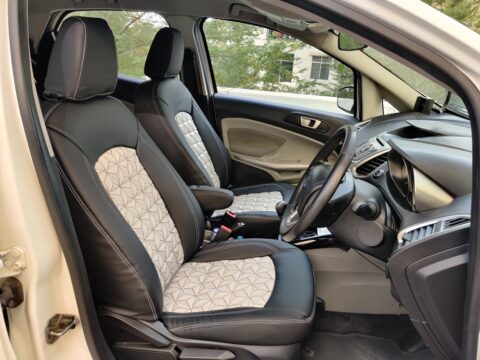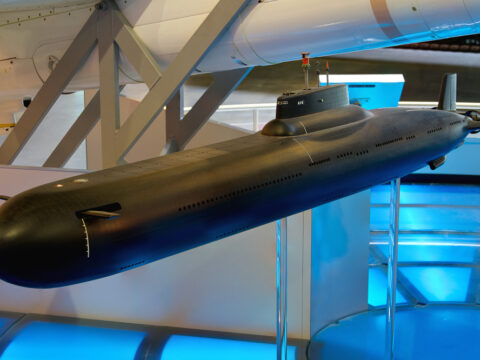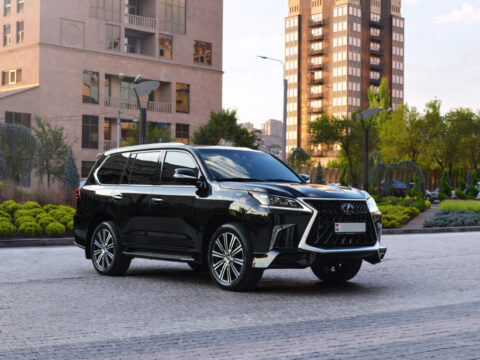In the ever-evolving world of automotive design, innovation is key to staying ahead. Modern cars are being shaped by groundbreaking concepts that enhance performance, safety, and aesthetics. These revolutionary ideas are not only transforming the way vehicles look but also how they function. Here are 20 groundbreaking concepts that are driving the future of car design.
Contents
Electric Powertrains

Electric powertrains are transforming the automotive industry by emphasizing sustainability and efficiency. These systems replace traditional internal combustion engines with electric motors, significantly reducing emissions and dependency on fossil fuels. Electric vehicles (EVs) feature high-efficiency batteries, such as lithium-ion, which provide substantial ranges on a single charge. The lack of exhaust emissions contributes to cleaner air and a lower carbon footprint, making electric powertrains a cornerstone of modern car design.
Autonomous Driving Technology
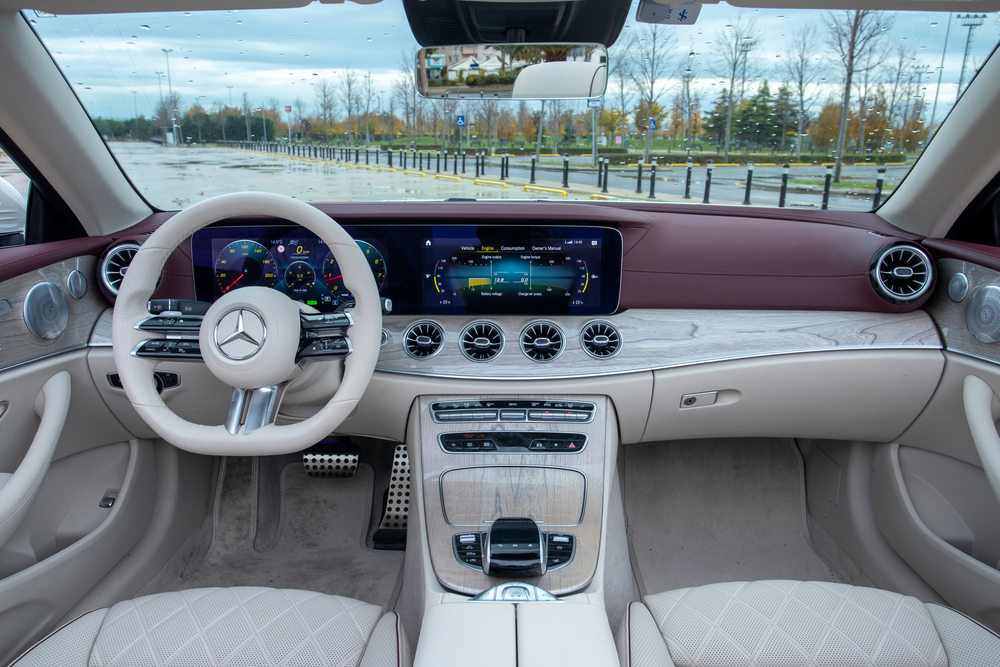
Autonomous driving technology is revolutionizing road safety and convenience by incorporating advanced sensors, cameras, and AI systems to enable self-driving capabilities. These technologies allow vehicles to navigate, avoid obstacles, and make real-time decisions with minimal human intervention. Features such as adaptive cruise control, lane-keeping assist, and automated parking not only enhance the driving experience but also significantly reduce the risk of accidents, paving the way for a safer and more efficient transportation system.
Lightweight Materials
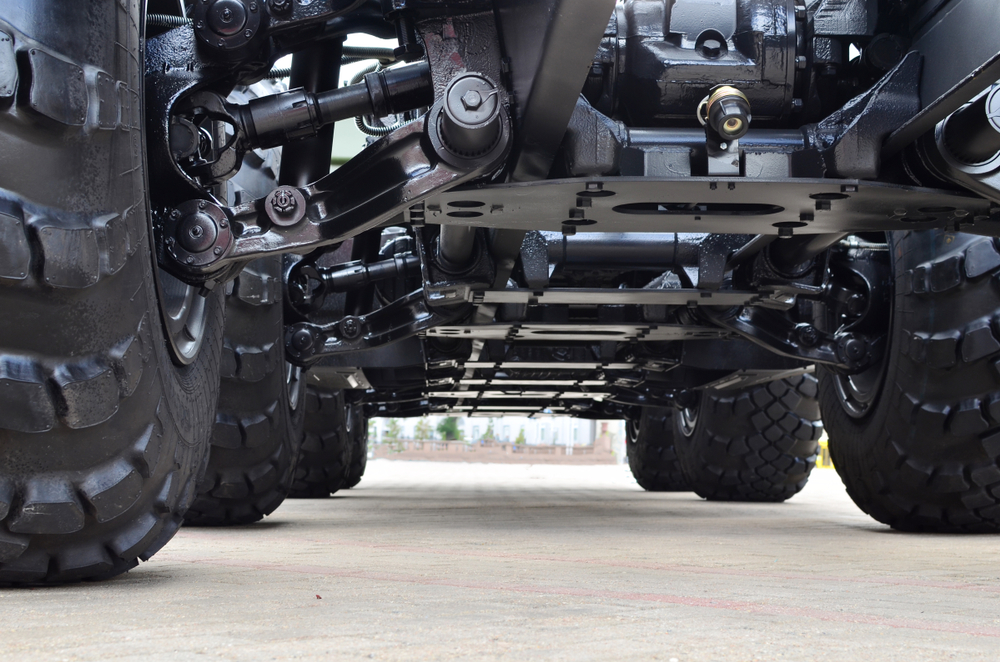
The use of lightweight materials like carbon fiber and aluminum is crucial for improving fuel efficiency and performance. By reducing the overall weight of vehicles, these materials enhance acceleration, braking, and handling. Additionally, lighter cars require less energy to move, resulting in better fuel economy and reduced emissions. Advanced manufacturing techniques enable the integration of these materials into various parts of the vehicle, from the chassis to body panels, contributing to a more efficient and dynamic driving experience.
Aerodynamic Design
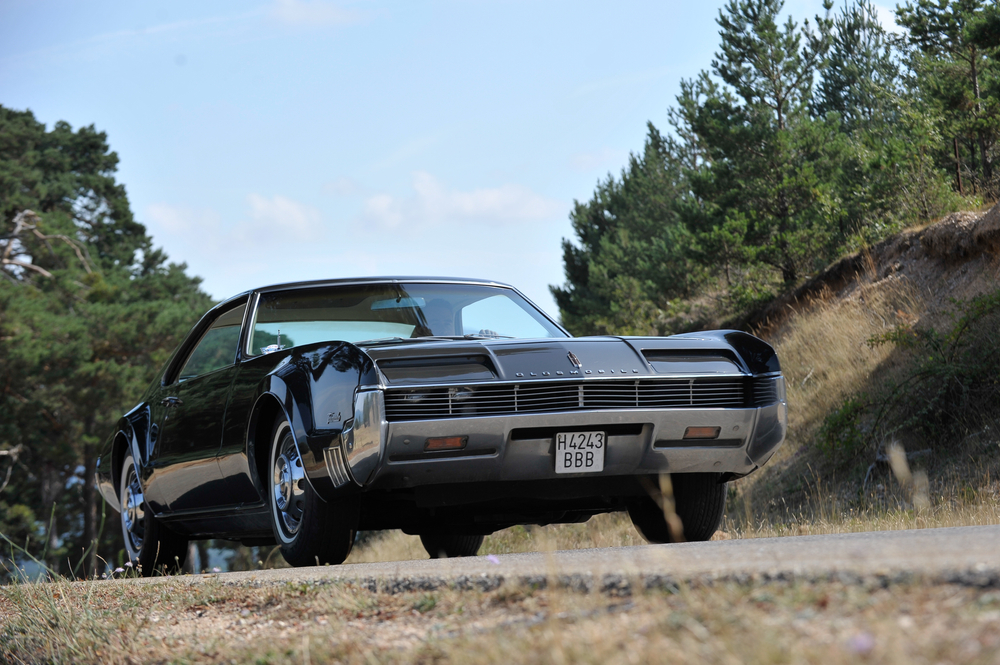
Aerodynamic design focuses on streamlining the shape of vehicles to reduce drag and improve fuel efficiency and speed. Features such as smooth contours, optimized airflow channels, and active aerodynamic elements like adjustable spoilers minimize resistance. This not only enhances performance but also contributes to lower energy consumption and quieter operation. By prioritizing aerodynamics, modern car designs achieve a balance between aesthetics and functionality, offering sleek, visually appealing vehicles that perform efficiently.
Connected Car Technology
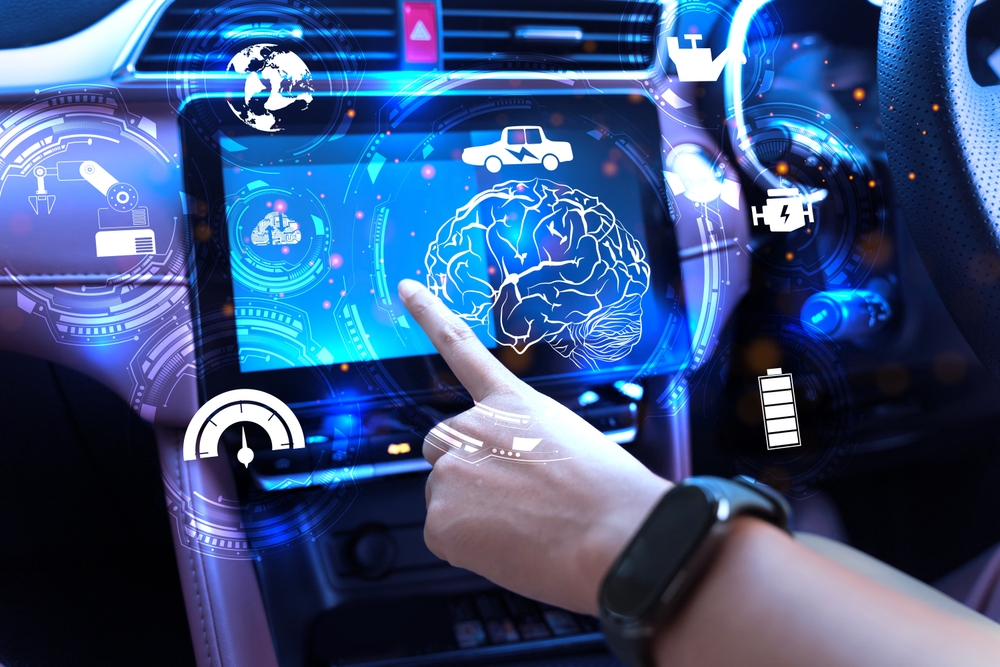
Connected car technology integrates internet connectivity into vehicles, providing real-time data, navigation, and entertainment services. This connectivity allows for features such as remote diagnostics, over-the-air software updates, and seamless integration with smart home devices. Drivers and passengers benefit from enhanced convenience, safety, and infotainment options, making connected cars an essential aspect of modern automotive design. The ability to communicate with other vehicles and infrastructure also opens up new possibilities for traffic management and accident prevention.
Advanced Driver Assistance Systems (ADAS)

Advanced Driver Assistance Systems (ADAS) include a range of technologies designed to improve safety and ease of driving. Features like adaptive cruise control, lane-keeping assist, and automated parking help drivers maintain control and avoid collisions. These systems use sensors, cameras, and radar to monitor the vehicle’s surroundings and provide real-time feedback and assistance. By reducing the risk of human error, ADAS enhances overall road safety and contributes to a more enjoyable driving experience.
Sustainable Manufacturing Processes

Sustainable manufacturing processes focus on reducing the environmental impact of vehicle production through eco-friendly methods and materials. This includes using recycled materials, reducing waste, and minimizing energy consumption during manufacturing. Additionally, adopting practices such as water conservation and renewable energy sources further contributes to sustainability. By prioritizing these processes, automakers are able to produce vehicles in a more environmentally responsible manner, aligning with the growing demand for green products.
Modular Platforms
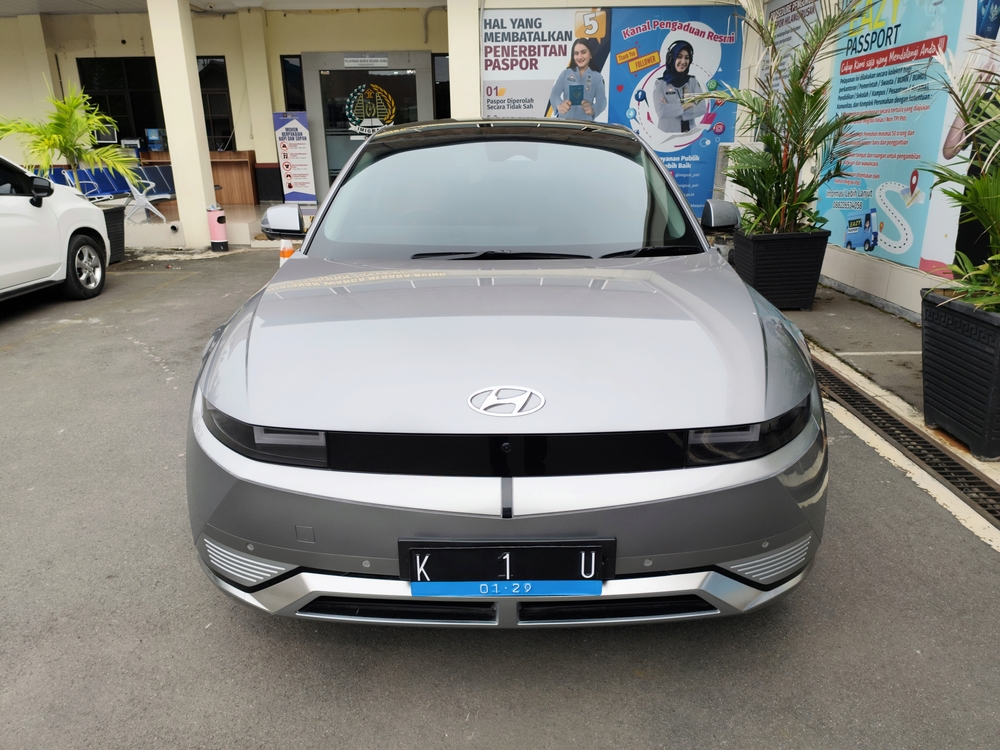
Modular platforms offer flexible vehicle architectures that allow for various models and configurations on a single platform. This approach streamlines production, reduces costs, and enables quicker adaptation to market demands. By standardizing core components and allowing customization of specific features, automakers can efficiently produce a wide range of vehicles, from compact cars to SUVs, without compromising on quality or performance. Modular platforms also facilitate the integration of new technologies, ensuring vehicles remain up-to-date with the latest advancements.
Smart Lighting Systems

Smart lighting systems, including LED and laser lights, improve visibility and safety while offering design flexibility. These advanced lighting solutions provide brighter, more focused illumination, enhancing nighttime driving and reducing glare for oncoming traffic. Features such as adaptive headlights adjust their direction and intensity based on driving conditions, further enhancing safety. The energy efficiency of LED and laser lights also contributes to lower power consumption and longer lifespan, making them a vital component of modern car design.
Regenerative Braking
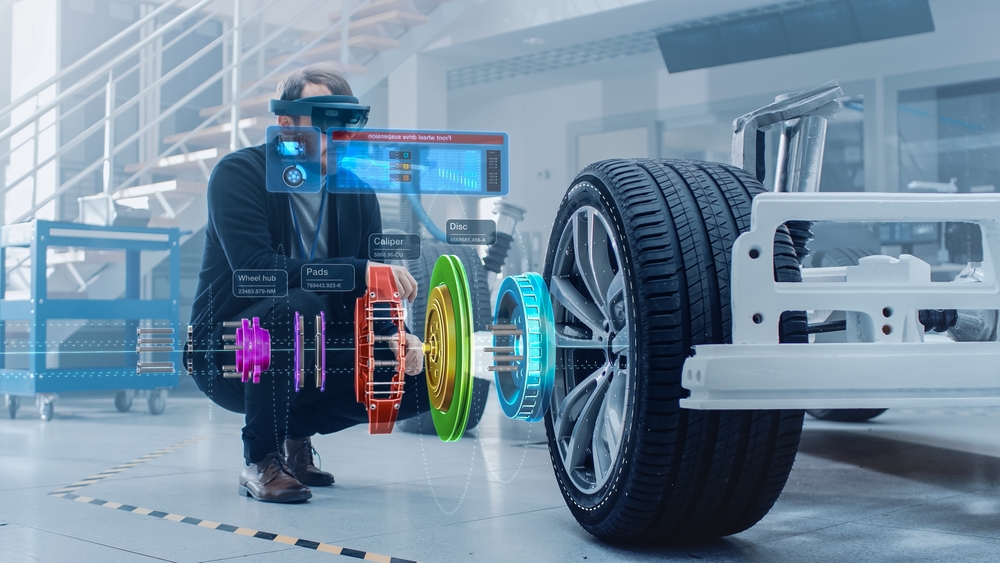
Regenerative braking systems capture and reuse energy during braking, improving efficiency in electric and hybrid vehicles. When the driver applies the brakes, the system converts kinetic energy into electrical energy, which is stored in the vehicle’s battery. This not only extends the range of electric vehicles but also reduces wear on traditional braking components, lowering maintenance costs. By harnessing energy that would otherwise be wasted, regenerative braking systems play a crucial role in enhancing the sustainability and performance of modern vehicles.
Voice-Activated Controls
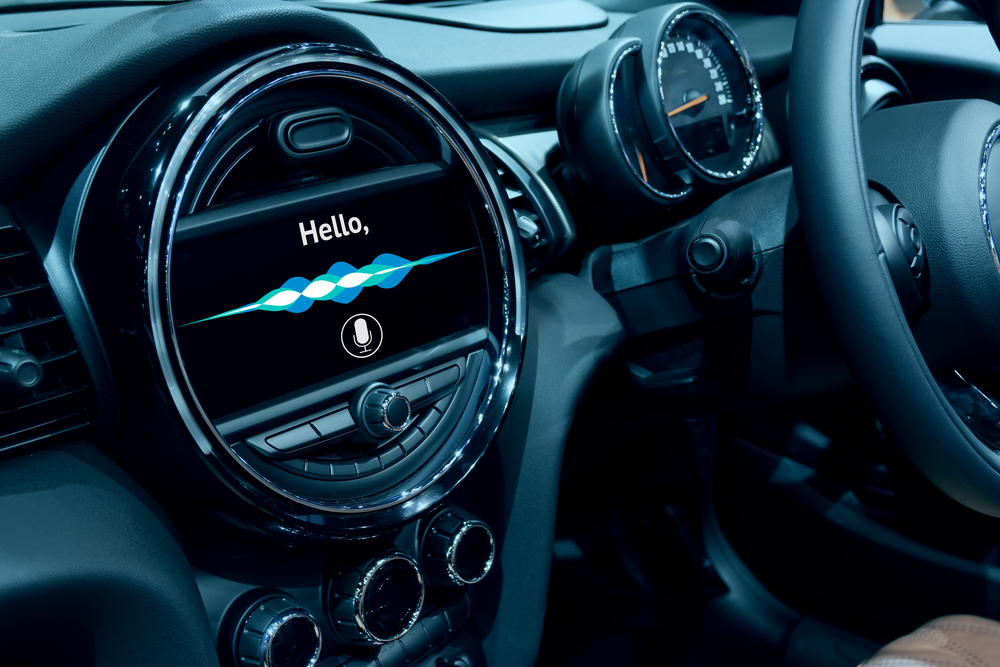
Voice-activated controls enhance driver convenience and safety by enabling hands-free operation of various functions. Drivers can use voice commands to control navigation, entertainment, climate settings, and more, reducing the need to manually interact with the vehicle’s controls. This minimizes distractions and allows drivers to keep their focus on the road, contributing to overall safety. The integration of advanced voice recognition technology ensures accurate and responsive performance, making voice-activated controls a valuable feature in modern car design.
In-Vehicle Augmented Reality (AR)

In-vehicle augmented reality (AR) provides real-time information and navigation overlays on the windshield for better situational awareness. This technology enhances the driving experience by displaying critical data, such as speed, navigation directions, and hazard alerts, directly in the driver’s line of sight. By reducing the need to look away from the road, AR systems improve safety and convenience. The immersive and interactive nature of AR also adds a futuristic element to modern car design, aligning with the trend towards more connected and intelligent vehicles.
Wireless Charging
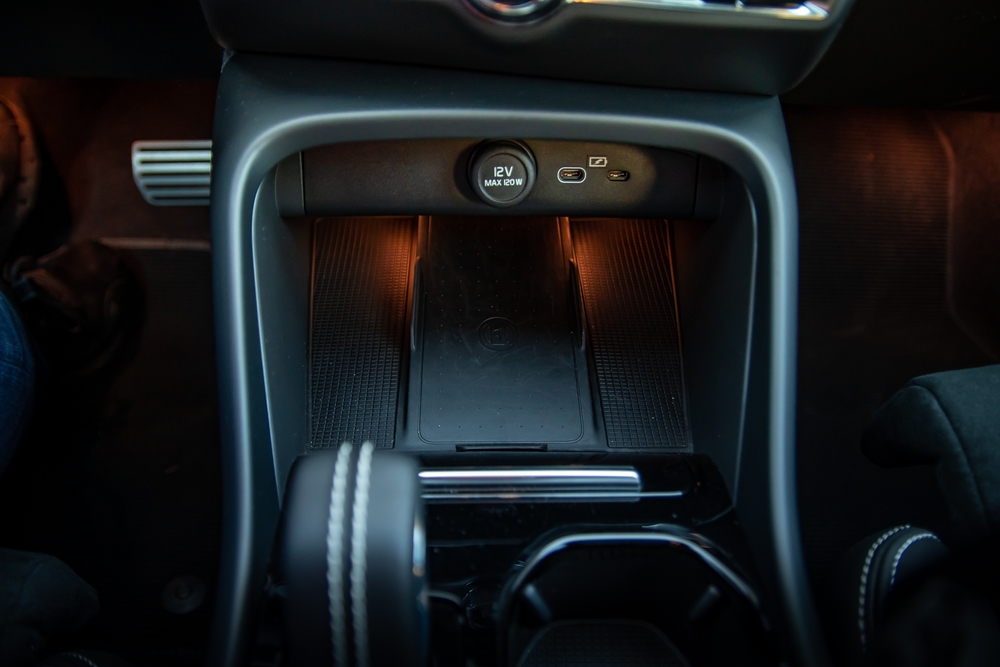
Wireless charging simplifies the recharging process for electric vehicles with inductive charging technology. This system allows drivers to charge their vehicles without the need for physical connectors, simply by parking over a charging pad. Wireless charging offers convenience and ease of use, eliminating the hassle of plugging and unplugging cables. Additionally, it can be integrated into public infrastructure, such as parking lots and streets, further enhancing the practicality of electric vehicles. The seamless and user-friendly nature of wireless charging makes it a key innovation in modern car design.
Biometric Access and Customization

Biometric access and customization use fingerprint or facial recognition to unlock and personalize vehicle settings. This technology enhances security by ensuring that only authorized users can access the vehicle. Additionally, it allows for personalized driver profiles, automatically adjusting seat positions, mirrors, climate settings, and infotainment preferences based on the recognized user. Biometric systems provide a seamless and secure way to enhance the driving experience, reflecting the growing trend towards personalization and advanced security in modern car design.
Active Aerodynamics

Active aerodynamics features dynamic elements, such as adjustable spoilers and grille shutters, that optimize performance based on driving conditions. These components adjust their position and shape to reduce drag, increase downforce, or improve cooling, enhancing the vehicle’s overall efficiency and stability. By adapting to real-time conditions, active aerodynamic systems ensure optimal performance in various driving scenarios, from high-speed highway cruising to cornering on winding roads. This technology not only improves fuel efficiency and handling but also adds a layer of sophistication to modern car design.
Energy-Efficient HVAC Systems
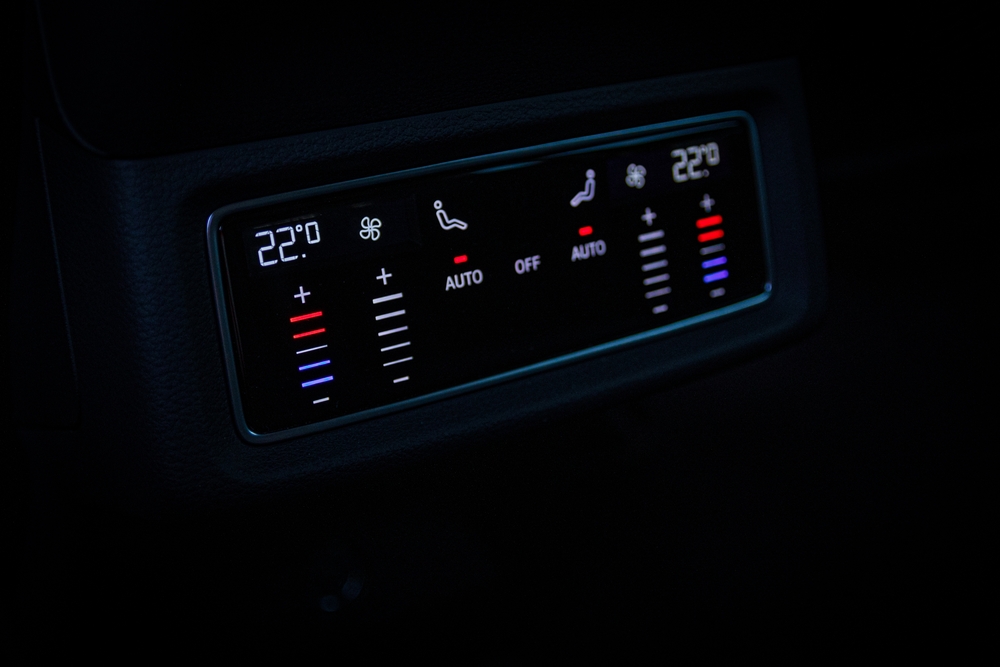
Energy-efficient HVAC (Heating, Ventilation, and Air Conditioning) systems reduce energy consumption while maintaining comfort. These advanced climate control systems use innovative technologies, such as heat pumps and zoned climate control, to optimize temperature regulation. By minimizing the energy required to heat or cool the vehicle, energy-efficient HVAC systems contribute to improved fuel efficiency and reduced emissions. The ability to maintain a comfortable cabin environment with less energy aligns with the broader trend towards sustainability in modern car design.
Vehicle-to-Everything (V2X) Communication

Vehicle-to-Everything (V2X) communication enables cars to interact with each other and surrounding infrastructure, enhancing traffic management and safety. This technology allows vehicles to exchange information about their speed, position, and road conditions in real-time, facilitating better coordination and reducing the risk of accidents. V2X communication also supports smart traffic systems, optimizing traffic flow and reducing congestion. By enabling seamless communication between vehicles and their environment, V2X technology represents a significant advancement in connected and autonomous driving.
Adaptive Headlights
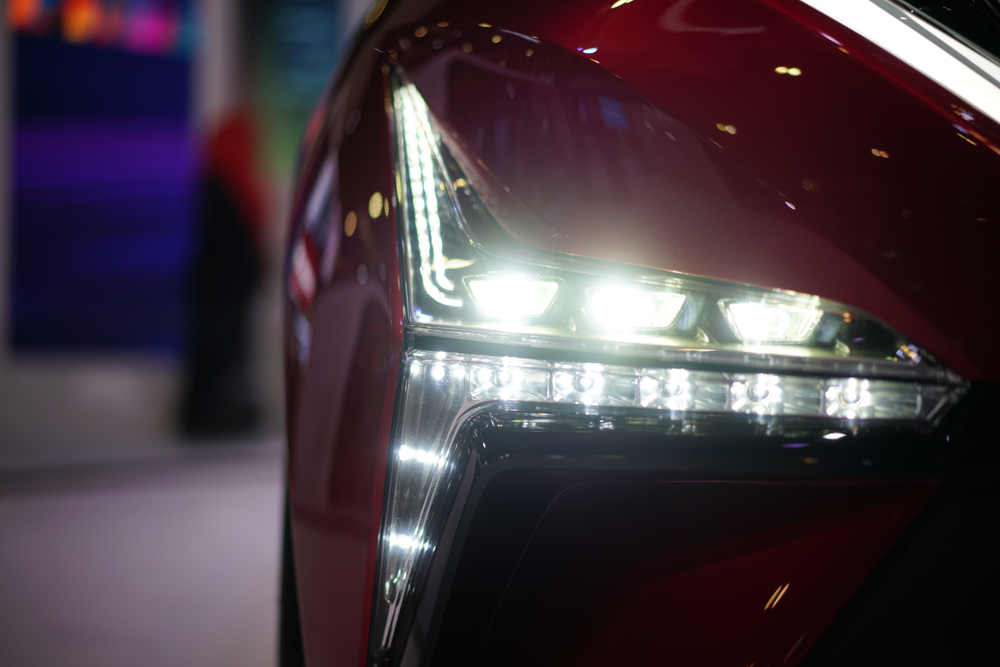
Adaptive headlights adjust their direction and intensity based on driving conditions and road curvature, improving visibility and safety. These headlights use sensors to detect the vehicle’s speed, steering angle, and ambient light, automatically adjusting to provide optimal illumination. Adaptive headlights enhance the driver’s ability to see and respond to road hazards, particularly during nighttime and adverse weather conditions. By dynamically adapting to the driving environment, adaptive headlights contribute to a safer and more comfortable driving experience.
Integrated Solar Panels

Integrated solar panels harness solar energy to power auxiliary systems or extend the range of electric vehicles. These panels can be installed on the roof or other surfaces of the vehicle, converting sunlight into electrical energy. The harvested energy can be used to power features like air conditioning, infotainment systems, or even contribute to charging the vehicle’s battery. By utilizing renewable energy, integrated solar panels reduce reliance on traditional power sources and enhance the sustainability of modern car design.
Over-the-Air (OTA) Updates
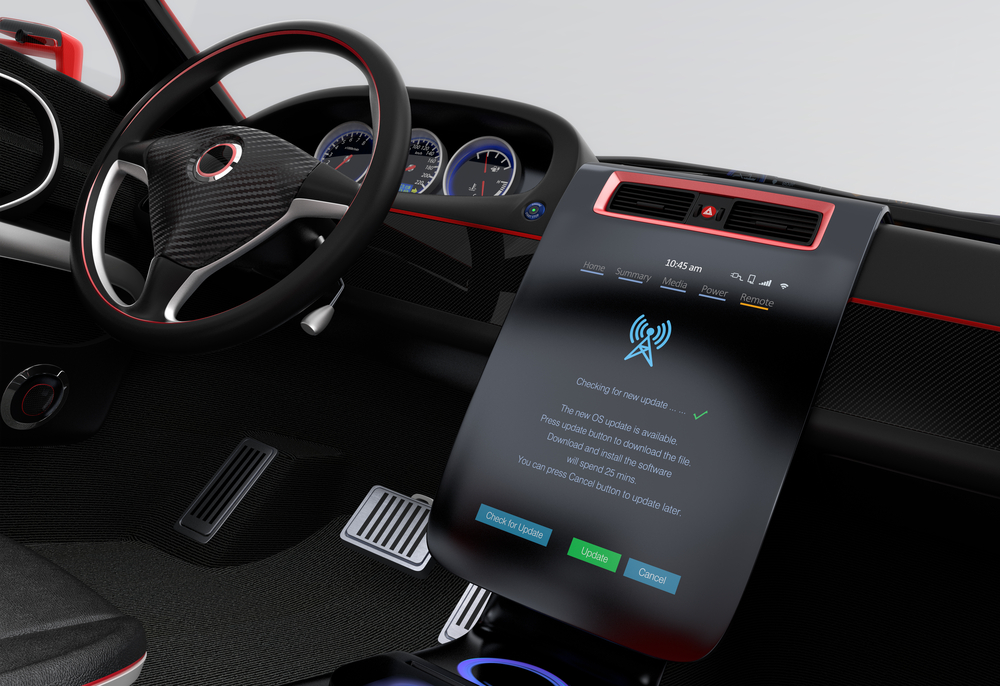
Over-the-Air (OTA) updates deliver software updates remotely to enhance functionality and fix issues without visiting a service center. This technology allows automakers to continuously improve the performance, security, and features of vehicles by providing updates directly to the vehicle’s software. OTA updates ensure that vehicles remain up-to-date with the latest advancements and improvements, enhancing the overall ownership experience. The convenience and efficiency of OTA updates reflect the increasing importance of software in modern car design.
This article originally appeared in MyCarMakesNoise.
More from MyCarMakesNoise
20 Most Influential Military Jeeps and Their Stories

Military Jeeps have played a crucial role in various conflicts, with each model having its unique story and impact. The original Willys MB, developed during World War II, became an iconic symbol of rugged reliability. Read More
13 Timeless Vintage Convertibles That Always Impress

Vintage convertibles have an undeniable allure that transcends generations, epitomizing the essence of open-air driving with their iconic designs and robust performance. These timeless classics symbolize freedom and style, captivating collectors and driving enthusiasts worldwide. Read More
Discover 13 Hatchbacks Designed for Solo Travelers

Setting out on a solo journey calls for a vehicle that’s as adaptable and dependable as it is enjoyable to drive. Hatchbacks, with their practical size and efficient layout, are ideal for those traveling alone. Read More


